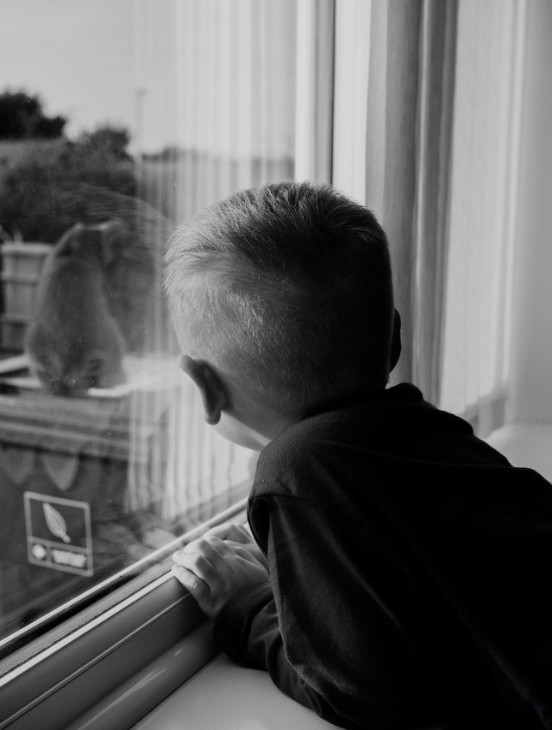

Latchkey kids are children who, for a variety of reasons, return home from school to an empty house and are unsupervised until their parents or guardians return from work. The term “latchkey” refers to the house key that’s often worn around the child’s neck. With the rise of dual-income households and single-parent families, the phenomenon has become more common over the years.
The concept of latchkey children isn’t new. During World War II, as women began working in factories to support the war effort, many children were left to fend for themselves. However, in the post-war era, societal norms reverted to single-earner households, only to shift again in the latter half of the 20th century as more women entered the workforce permanently.
While many latchkey kids demonstrate independence and resilience, they also face specific challenges. These children may experience feelings of loneliness, boredom, or even fear. Without adult supervision, they might also be at a higher risk for accidents or engaging in risky behaviors.
Despite the challenges, many latchkey kids develop a strong sense of independence and problem-solving skills. Their experiences often mold them into self-reliant and resourceful adults. These children learn early on how to manage their time, make basic meals, and handle unexpected situations.
Communities and schools can play a pivotal role in supporting latchkey children. After-school programs, extracurricular activities, and community centers offer safe environments where children can socialize, learn, and be productive. These institutions offer a vital support system and can help alleviate some of the negative aspects associated with being a latchkey child.
With advancements in technology, parents today can better ensure their children’s safety even when they’re not at home. Smart home systems, surveillance cameras, and communication apps allow for real-time monitoring and communication. Parents can check in with their kids, remind them of chores, or even alert neighbors if something seems amiss.
While the majority of latchkey situations arise from necessity rather than negligence, there are cases where a child's safety might be in question. In such situations, a family law attorney can offer guidance. They can help parents understand their rights and responsibilities, and in more severe cases, intervene when a child's well-being is at risk due to prolonged and unsupervised durations.


Understanding and supporting latchkey kids requires a multifaceted approach. Society must recognize the resilience and challenges of these children, while also offering support through community programs, school initiatives, and legal measures. By doing so, we can ensure that every child, regardless of their after-school situation, has the opportunity to thrive.